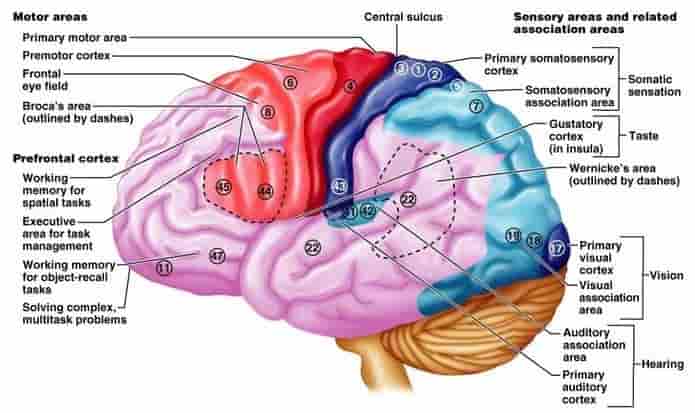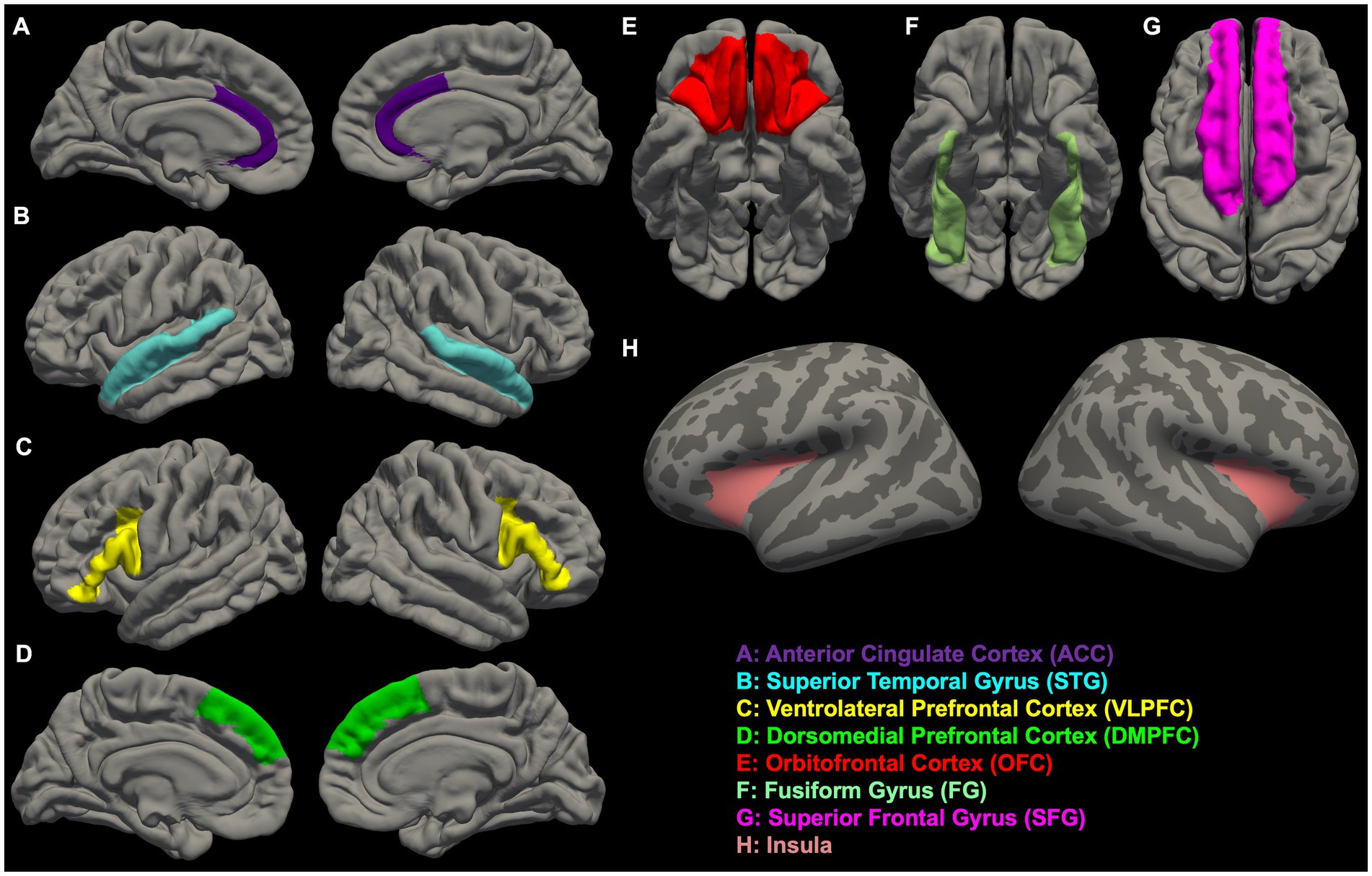Brain Functional Regions Biology Diagrams Your brain is a major organ that regulates everything you do and who you are. This includes your movement, memory, emotions, thoughts, body temperature, breathing, hunger and more. There are a lot of complex parts of your brain that work together to help you function. Since your brain is always working, conditions are common.

Learn about the main parts of the brain, their functions and how they communicate with each other. The brain is divided into the cerebrum, brainstem and cerebellum, each with different regions and lobes that control various processes.

Parts of the Brain: Anatomy, Structure & Functions Biology Diagrams
What Are the Regions of the Brain and What Do They Do? The brain has many different parts. The brain also has specific areas that do certain types of work. These areas are called lobes. One lobe works with your eyes when watching a movie. There is a lobe that is controlling your legs and arms when running and kicking a soccer ball.

The human brain anatomical regions are ordered following standard neuroanatomy hierarchies. Functional, connective, and developmental regions are listed in parentheses where appropriate. Hindbrain (rhombencephalon) Embryonic vertebrate
![[DIAGRAM] Anatomical Regions Diagram Biology Diagrams](https://www.researchgate.net/profile/Andre_Obenaus/publication/301929524/figure/download/fig1/AS:615461871951873@1523748953206/Brain-regions-for-localization-of-function.png)
List of regions in the human brain Biology Diagrams
The adult brain is described in terms of four major regions: the cerebrum, the diencephalon, the brainstem, and the cerebellum (Figure 8). The cerebrum is the largest part of the brain responsible for advanced cognitive processes, including thought, perception, and voluntary motor functions. The human brain is a complex organ, made up of several distinct parts, each responsible for different functions. The cerebrum, the largest part, is responsible for sensory interpretation, thought processing, and voluntary muscle activity. Beneath it is the cerebellum, which controls balance and coordination. The brainstem connects the brain to the spinal cord and oversees automatic processes The human brain represents the most complex organ system, with distinct functional areas controlling everything from sensory processing to complex cognitive functions. Understanding these regions and their interconnections is crucial for medical professionals in neurology, neurosurgery, and related fields. By BruceBlaus. When using this image
